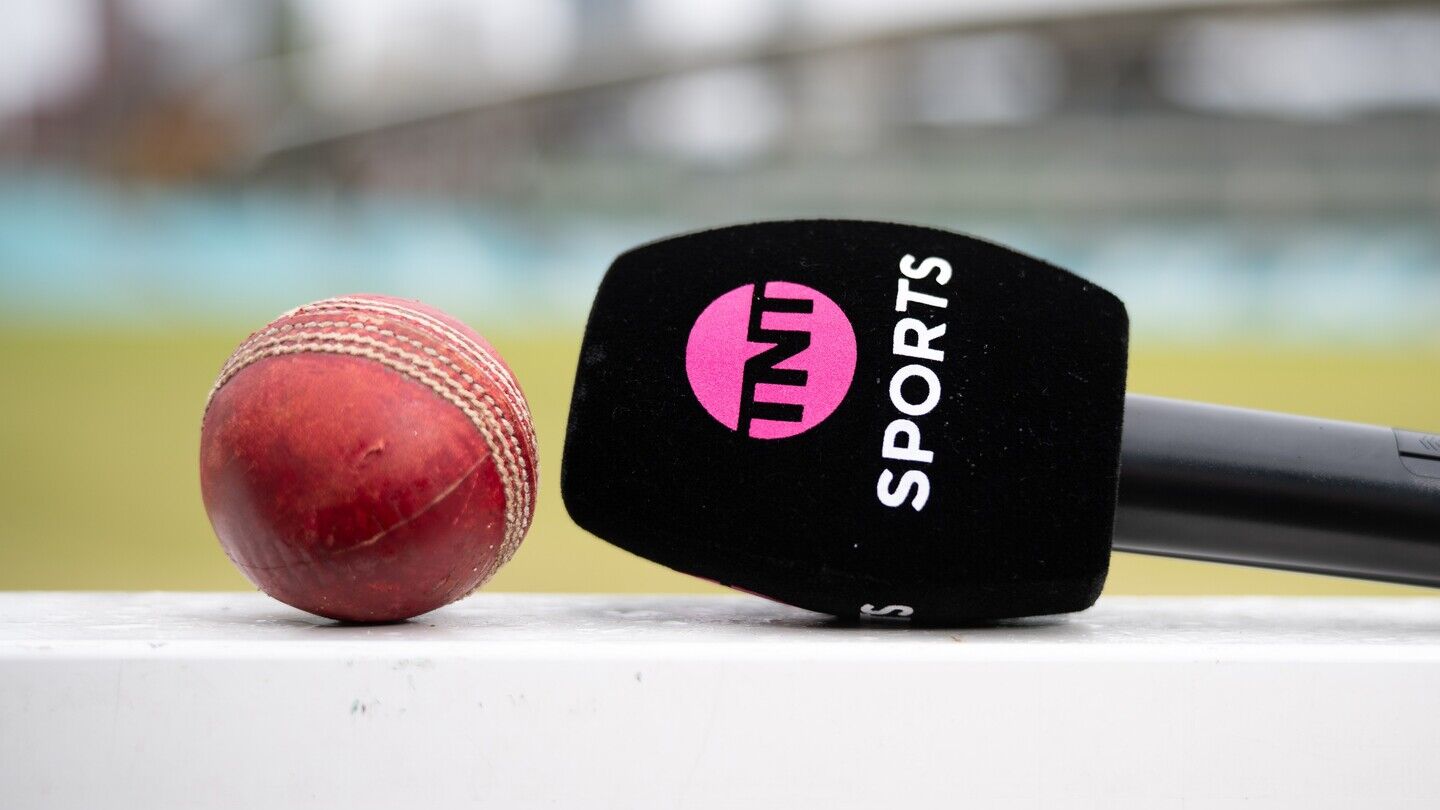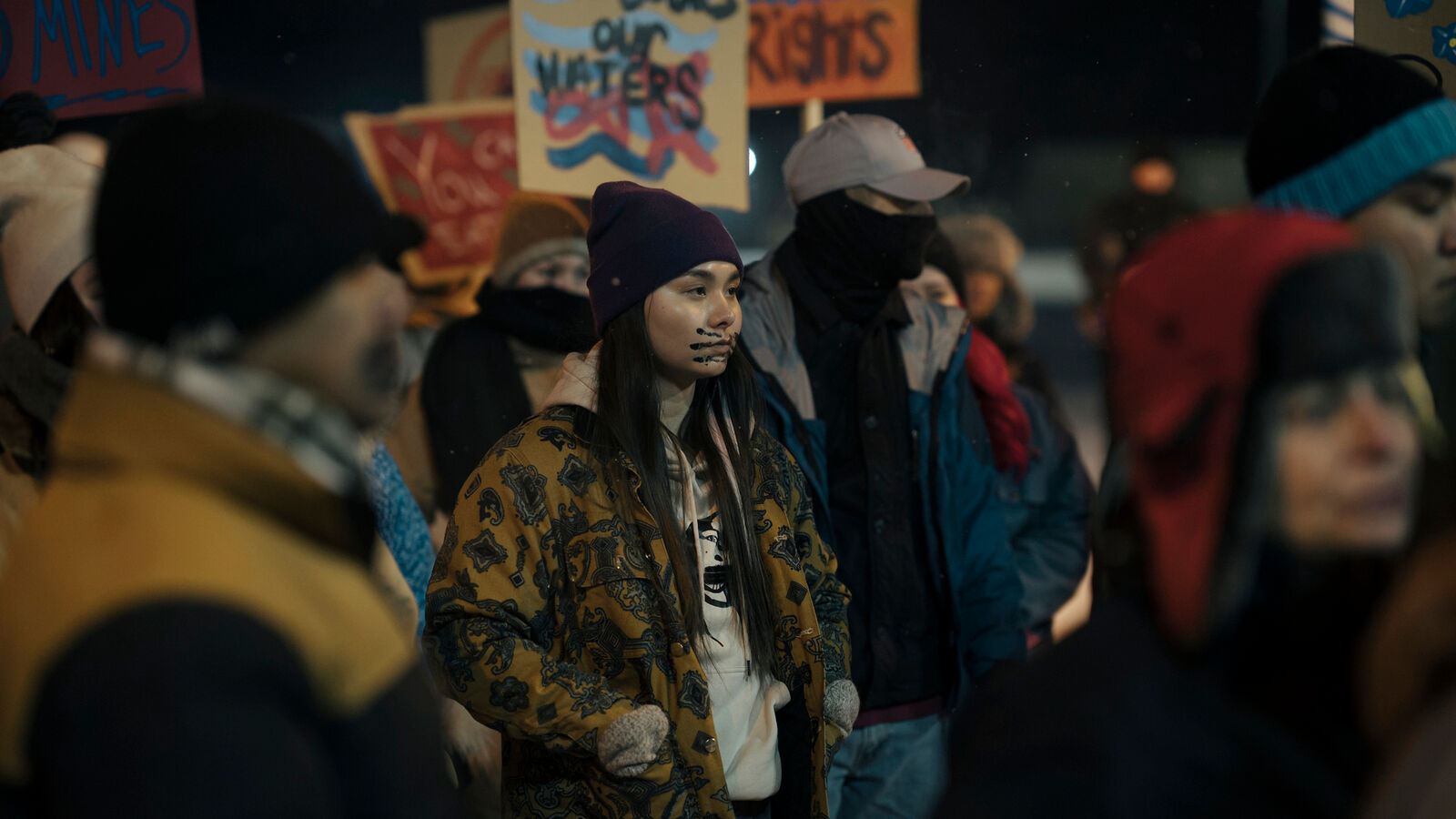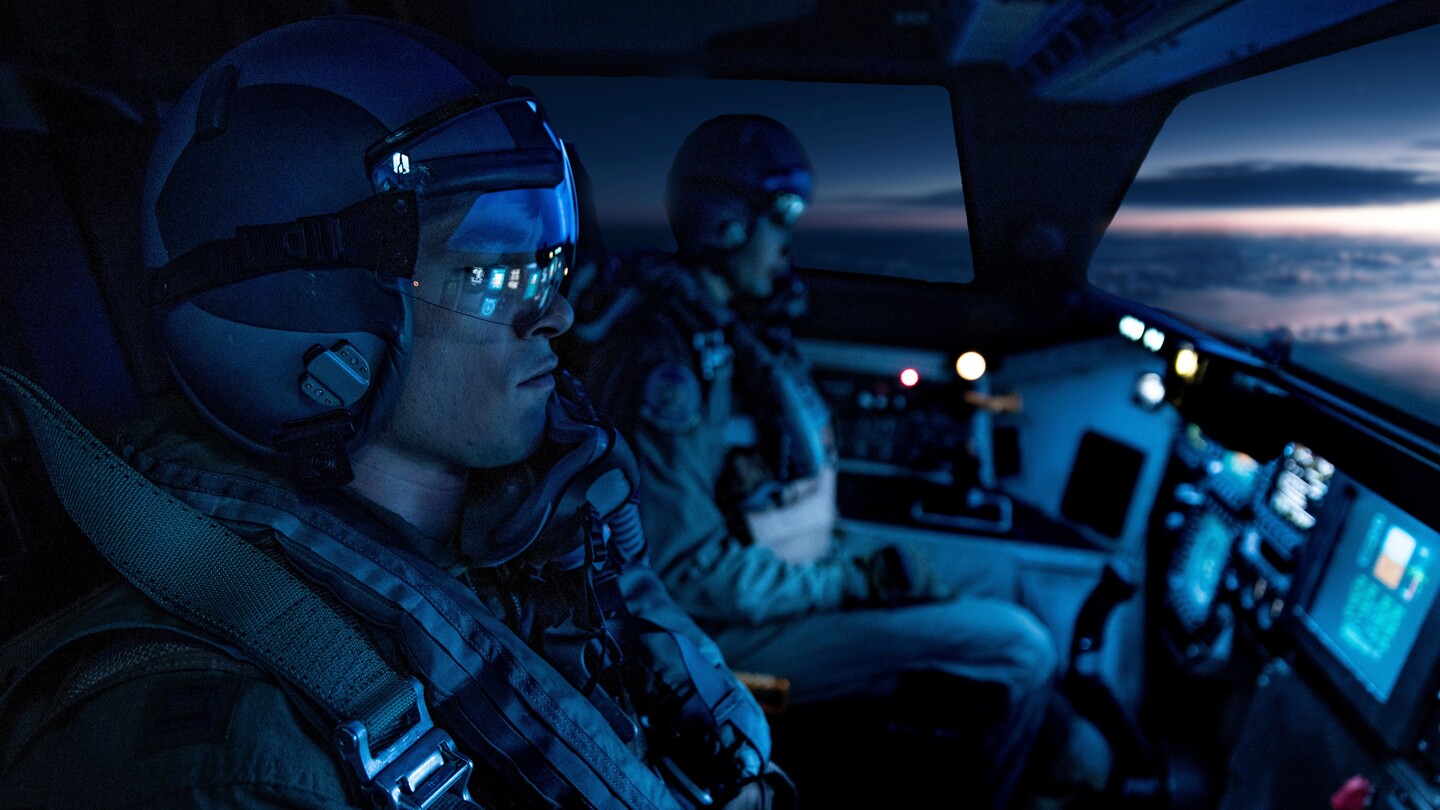The fourth instalment of HBO’s crime drama True Detective is set in a remote outpost of Alaska but the show was filmed almost entirely in Iceland, where cinematographer Florian Hoffmeister BSC used an innovative Infrared technique to capture the perma-dark snowbound landscape, reports Adrian Pennington.
“We were doing prep for the show in Iceland in August when the sun doesn’t set until midnight but planning to shoot in October for a story that is set in almost endless darkness,” he said.
“Iceland is such amazing scenery which you are very excited by, but everyone had to remind themselves that we will not see it because it’s going to be dark.”
True Detective: Night Country stars Jodie Foster as Detective Danvers, who along with her partner Evangeline Navarro (Kali Reis) sets out to solve the case of six men who vanish without trace from an arctic research centre.
Behind the Scenes: True Detective: Night Country – Tackling the Dark
Crucially for the story’s supernatural and horror element, it is set in a region so far north that it experiences polar night, when during December and January people will only see four to five hours of daylight on average.
“Not only were our exteriors going to be dark but it would also be white which makes a substantial difference when it comes to lighting. When you light night exteriors for mystery and danger you tend to light the people and the light on their faces will naturally fall off into darkness. But if you have a white surface the landscape this will illuminate faster than you will ever see a face. I had to really recalibrate my lighting approach.”
Conventionally you would light night exteriors with lights mounted on cranes but the potential for gusty to gale force winds in Iceland made this impractical.
“It can become windy very quickly and when it does you do have to evacuate the area. Even...
You are not signed in
Only registered users can read the rest of this article.

Behind the scenes: Hamnet
Look, lighting and camera movement were stripped back to basics by cinematographer Lukasz Żal to create the stage for Shakespeare’s personal tragedy.

Behind the scenes: The Running Man
Scenes structured like Russian nesting dolls present Editor Paul Machliss with a challenge in completing this deadly reality TV show.

TNT Sports and The Ashes: “We need to be at the heart of the story”
TNT Sports takes a hybrid approach as England’s cricket team heads down under with a sporting chance of returning with a little urn. Adrian Pennington reports.

Behind the scenes: Frankenstein
Cinematographer Dan Laustsen tells IBC365 why he and Guillermo del Toro turned the classic nightmare, Frankenstein, into a love story of ice and warmth between father and son.
Behind the scenes: Good Boy
From casting his own dog as the lead to shooting at a dog’s eye level, first-time Feature Director Ben Leonberg has perfected a filmmaking process built entirely around a pet. The result? Critical acclaim and a viral smash for horror season.




